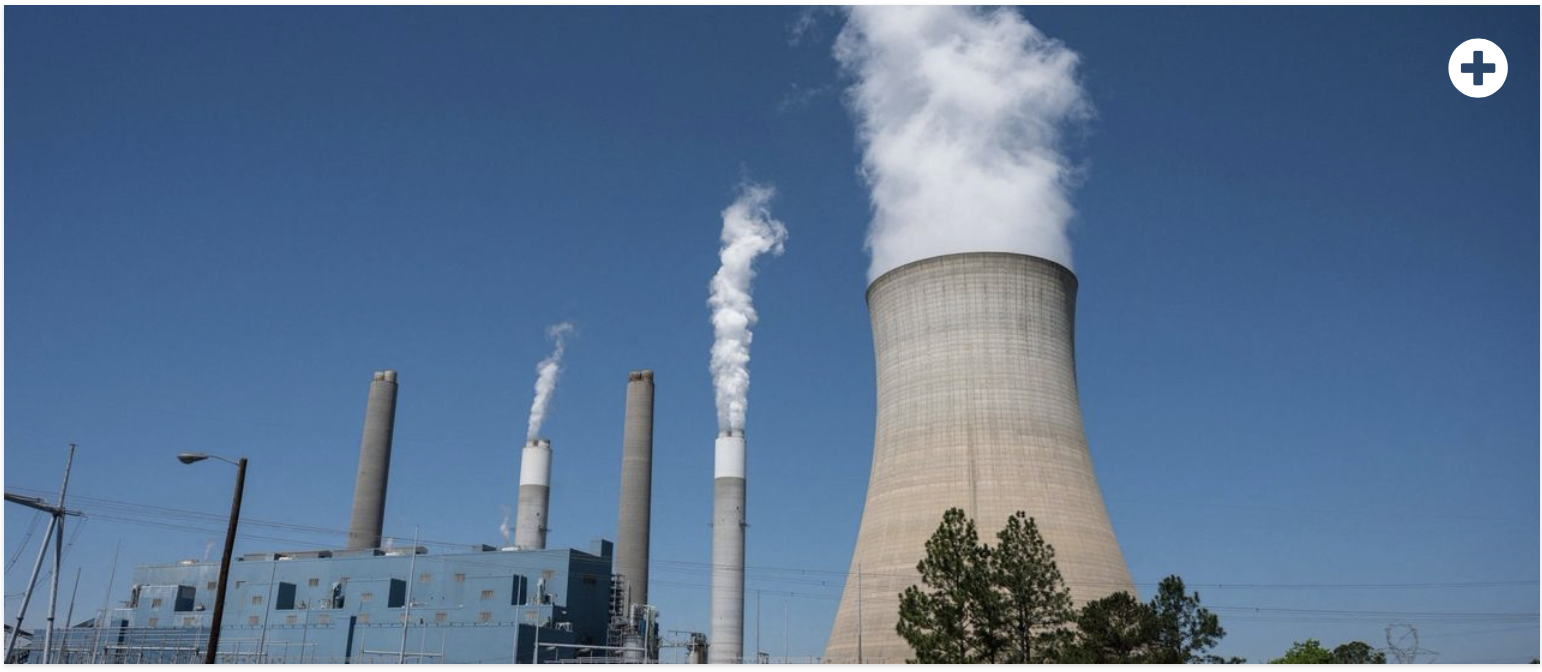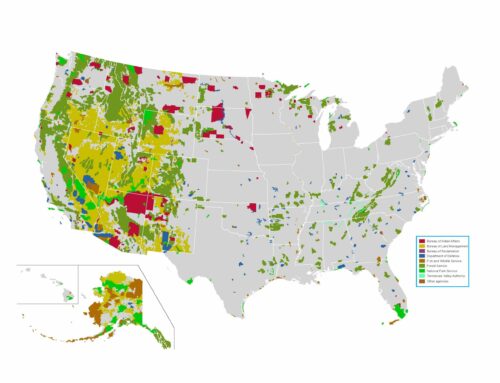by Nick Pope
The Daily Caller
The Environmental Protection Agency (EPA) announced Monday that it has initiated a new review of the National Ambient Air Quality Standards (NAAQS) for ozone, a politically-sensitive move which could serve as the basis for further regulatory crackdowns against American energy, energy sector representatives and experts told the Daily Caller News Foundation.
The EPA announced that its nominally independent internal Clean Air Scientific Advisory Committee (CASAC) “has identified studies published more recently and also recommended that the EPA conduct additional risk analyses that might support more stringent standards” to regulate ambient ozone, according to an EPA press release issued Monday. Though the EPA’s review may ultimately find that more restrictive standards are not warranted, it is likely that an update will be determined to be necessary, a move which will further restrict U.S. energy production in order to counter climate change, energy experts told the DCNF.
“The agency’s goal is to force targeted operations like fossil-generated electricity and refineries to shutter and, until then, impose punishing, additional costs of operation, which then get passed along, embedded in the price of whatever the facilities produce, reducing demand,” Chris Horner, who serves as counsel for Energy Policy Advocates, told the DCNF. “This is, in the end, the ‘climate,’ or anti-abundance (i.e., anti-fossil fuel) agenda, toward which EPA has adopted a strategy of a regulatory blitz, tightening every screw at its disposal.”…
Fifty, 60, 70 years ago, there were air quality problems, but by 1990 those were cleared up,” Steve Milloy, a senior legal fellow with the Energy and Environment Legal Institute and former EPA transition team member for the Trump administration, told the DCNF. “Since then, EPA has only issued more expensive regulations that kill jobs,” and the agency now “has more than enough science to know that its regulations are not needed, but they are going ahead anyways,” he added.






